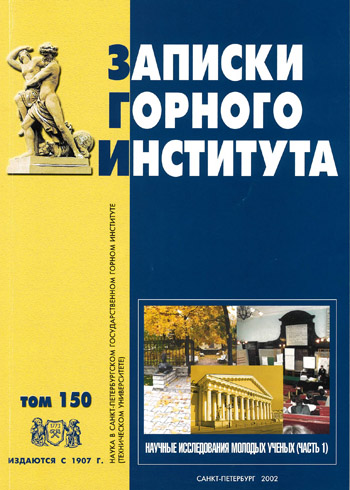Regularities of transformation of the main components of the geological environment of St. Petersburg during the burial of bogs
- Master’s degree student, research assistant G.V. Plekhanov Saint Petersburg Mining University
Abstract
At present, when assessing the geo-ecological conditions of the city territory, the existence of buried marshes is not given proper attention. It is known that by the time of laying the city 75% of its area was boggy. Complete removal of boggy deposits was carried out only when their thickness does not exceed 3 m. Deeper marshes and swampy areas turned out to be buried and continue to “live”, being the most active geo-ecological element of the city's underground environment. Although swamp waters outside the zones of technogenic pollution are characterized by low salinity and mainly hydrocarbonate-sodium, less often calcium composition, they play a significant role in the formation of physical, chemical and biochemical environment of the underground space of the city. In such watered sections containing boggy sediments, sharply pronounced reducing conditions are noted. In addition, there is an activation of microbiological activity at considerable depth, since bog sediments contain a variety of physiological groups of microflora. Swamp sediments serve as an active natural sorbent for heavy metals, as well as a number of organic pollutants. On the one hand, the microbiological activity and diversity of bog biocenoses leads to the destruction of organic pollutants. On the other hand, the activity of the biotic component is usually accompanied by biochemical gas generation. The formation of methane, nitrogen, hydrogen sulfide, carbon dioxide, etc. is observed in the underground space of St. Petersburg. Low-soluble gases (methane, nitrogen) will affect the stress-strain state of sandy-clayey rocks, contributing to mudbursts, and in the presence of methane - spontaneous combustion. Soluble and highly water-soluble gases usually form a corrosive environment in relation to metals, concrete and other building materials. Studies of the impact of buried bogs on the environmental condition of the city performed in SPGGI allowed to identify and delineate zones with the highest level of negative processes that determine the safety of development and use of the underground space of St. Petersburg.
